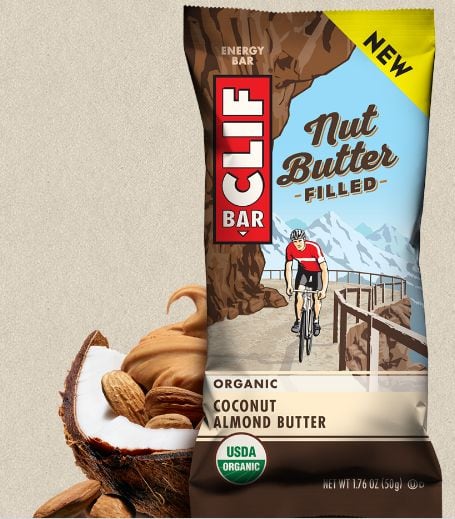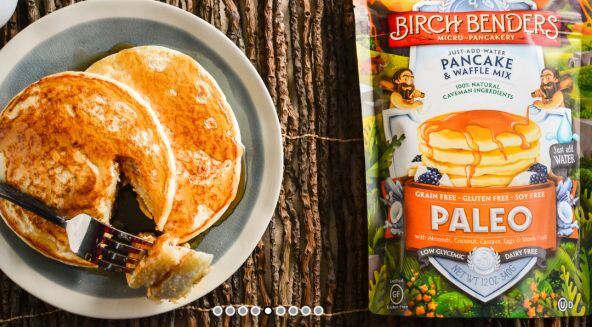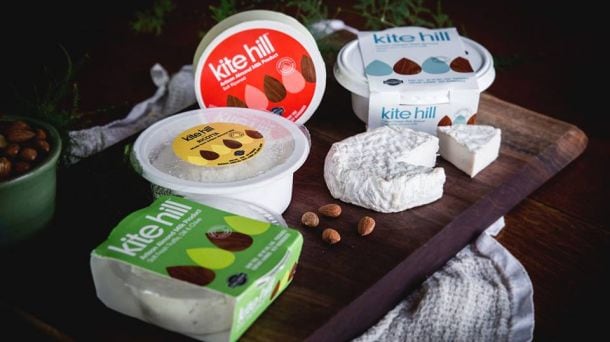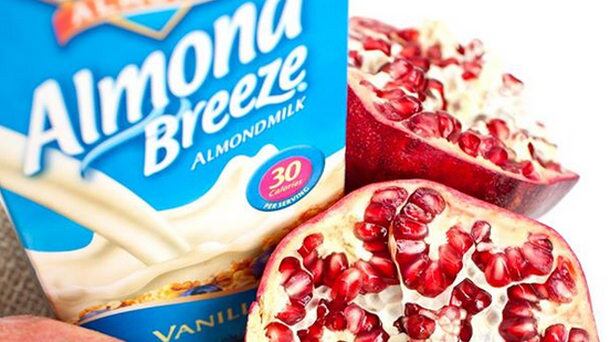Almonds are now appearing in a growing number of ‘plant-based’ products, creating new opportunities beyond traditional snacking nuts and bakery applications, said ABC director of North America Molly Spence, who was speaking to FoodNavigator-USA as Starbucks unveiled plans to make almondmilk available in 4,600 stores as a non-dairy alternative.
While almondmilk might once have looked like a niche opportunity, she pointed out, it has now eclipsed soymilk and is the second biggest application area for almonds after snack nuts in volume terms.
It is also tipped for continued growth as it is included in more ready-to-drink beverages and coffee-based products.
“We still see so much opportunity for almond milk and almond butter and flour in terms of creative new products. Look at Kite Hill [a fast-growing new brand built around cultured almondmilk products from cheeses to yogurts and desserts], which is in cheeses, yogurts and entrees.
"We’re also seeing almond butters used as creamy fillings in bars (click HERE), frozen desserts and even almond butter in beverage products as it adds more viscosity than ground almonds."
Almonds at the center of the plate
She added: “It would also be great to see almonds used in more products such as plant-based burgers. We were at the Menus of Change summit at the Culinary Institute of America in June and one of their calls to action for foodservice was to put more nuts and legumes at the center of the plate.
"Internally we are also pondering this more as we think of almonds so much in terms of snacking.”

Almond flour, which is finer than almond meal and is made from finely milled blanched almonds, is also growing strongly, albeit from a small base, she said. “I don’t see it being as big an opportunity as almondmilk or butter, but it’s really moist and delicious in baked goods and we’re seeing it in some interesting gluten-free and paleo products.”
Asked about demand for organic almonds, which currently account for less than 1% of almond acreage, growers are interested, she said, but as with any agricultural product, it can be hard to make a return on the extra costs incurred while they make the transition to organic.
However, the Almond Board is exploring other ways that growers can demonstrate their sustainability credentials to the consumer, said Spence. “We’re exploring other ways we can show that almonds are sustainable or indicate that there are certain sustainable standards for growing almonds.”
According to data from Innova’s 2015 global new product introductions report:
- Global almond product introductions grew 8% in 2015 vs 2014 set against a 4% decline in overall food product introductions.
- In 2015, North America saw a 13% increase in almond product introductions vs 2014 with 1,820 new products with almonds.
- Almond product introductions are highest in the bar category in North America.
- For the first time, almonds were the #1 nut in new products launched in Europe in 2015.
California almond growers use 33% less water to grow a pound of almonds than they did 20 years ago

In the meantime, the Almond Board is doing everything it can to address concerns about just how ‘green’ growing almonds really is, given the drought in California, where 80% of the world’s almonds are grown, she added.
“Californian almond growers use 33% less water to grow a pound of almonds than they did 20 years ago, but we want to go further and devote more resources to our accelerated innovation management (AIM) program, which is all about more innovative farming practices and further reducing our carbon footprint. It’s one of the key reasons we’ve got an assessment increase on the table right now to go from 3cents/lb to 4cents/lb [the levy growers pay to contribute to almond research and promotion]."
Do almonds have 20% fewer calories than previously thought?
As for those interested in USDA-funded research suggesting that we don’t absorb all of the energy in nuts - which means we may be overstating their calorie content - things are progressing, albeit slowly, she said.

(When you bite into a nut and break it up into smaller pieces, some of these pass through your digestive system intact, taking the energy contained in them with them, while the rigid structure of the nut cell membranes appears to lock in some fat, preventing it from being absorbed in the digestive tract.)
“When we shared the data with the FDA to see if the calorie content could be changed in government food databases on the back of this research [which found that almonds may contain up to 20% fewer calories than previously thought], they asked us to go back and conduct research on other forms of almonds, almond flour, almond butter, chopped, blanched, slivered and so on, and so we’re working with the same USDA researchers to do this and then we’ll go back to the FDA.”

ALMONDMILK AND PROTEIN: “We got a query the other week from Good Morning America challenging us about the fact that almondmilk is low in protein [compared to dairy milk or soymilk], but we’ve never claimed that it is high in protein; if you want more protein, you are probably better off grabbing a handful of almonds [which contain 21% protein], although there are some almondmilks out there with added protein if that is what you are looking for."
ABC director of North America Molly Spence
